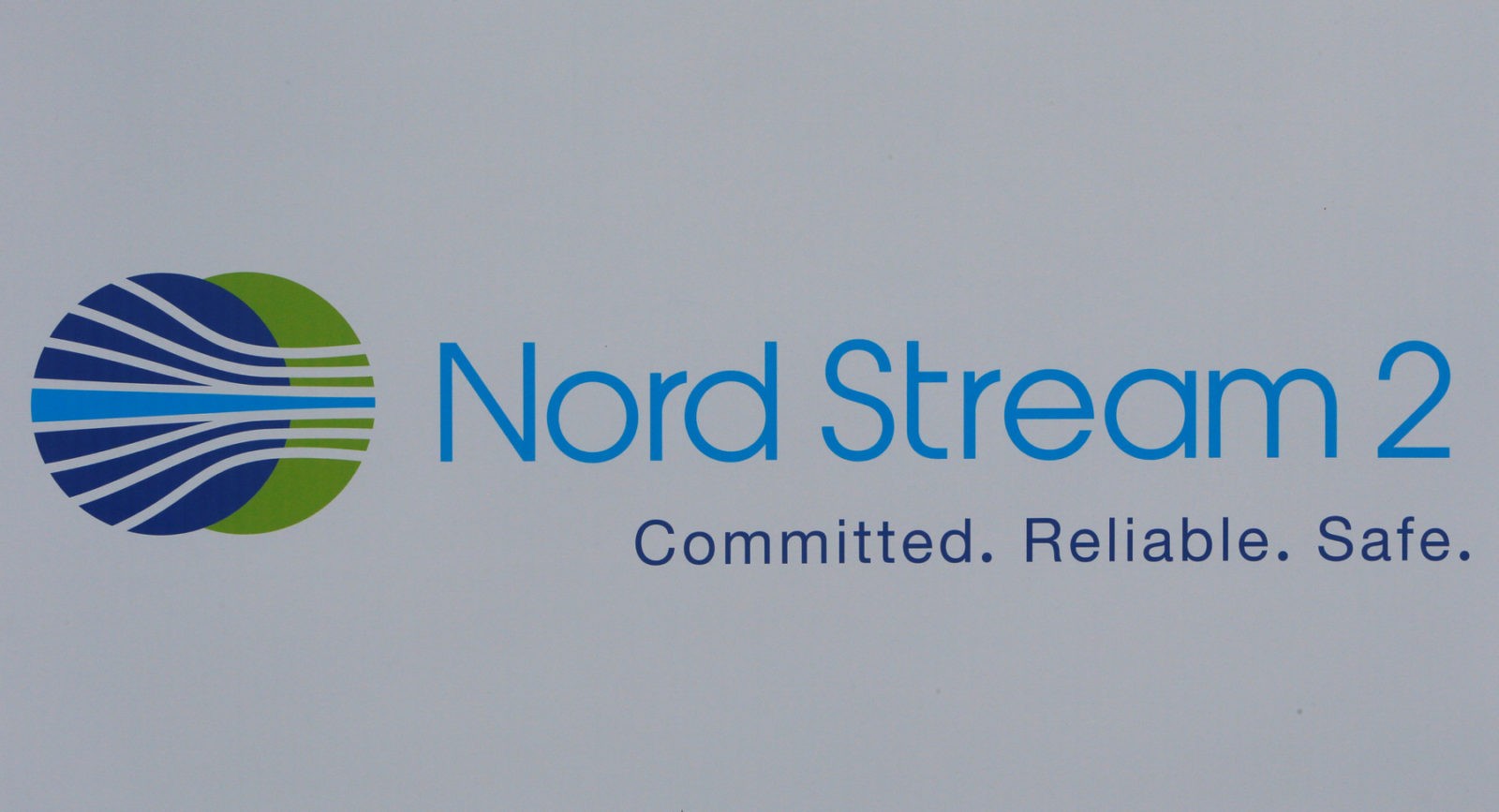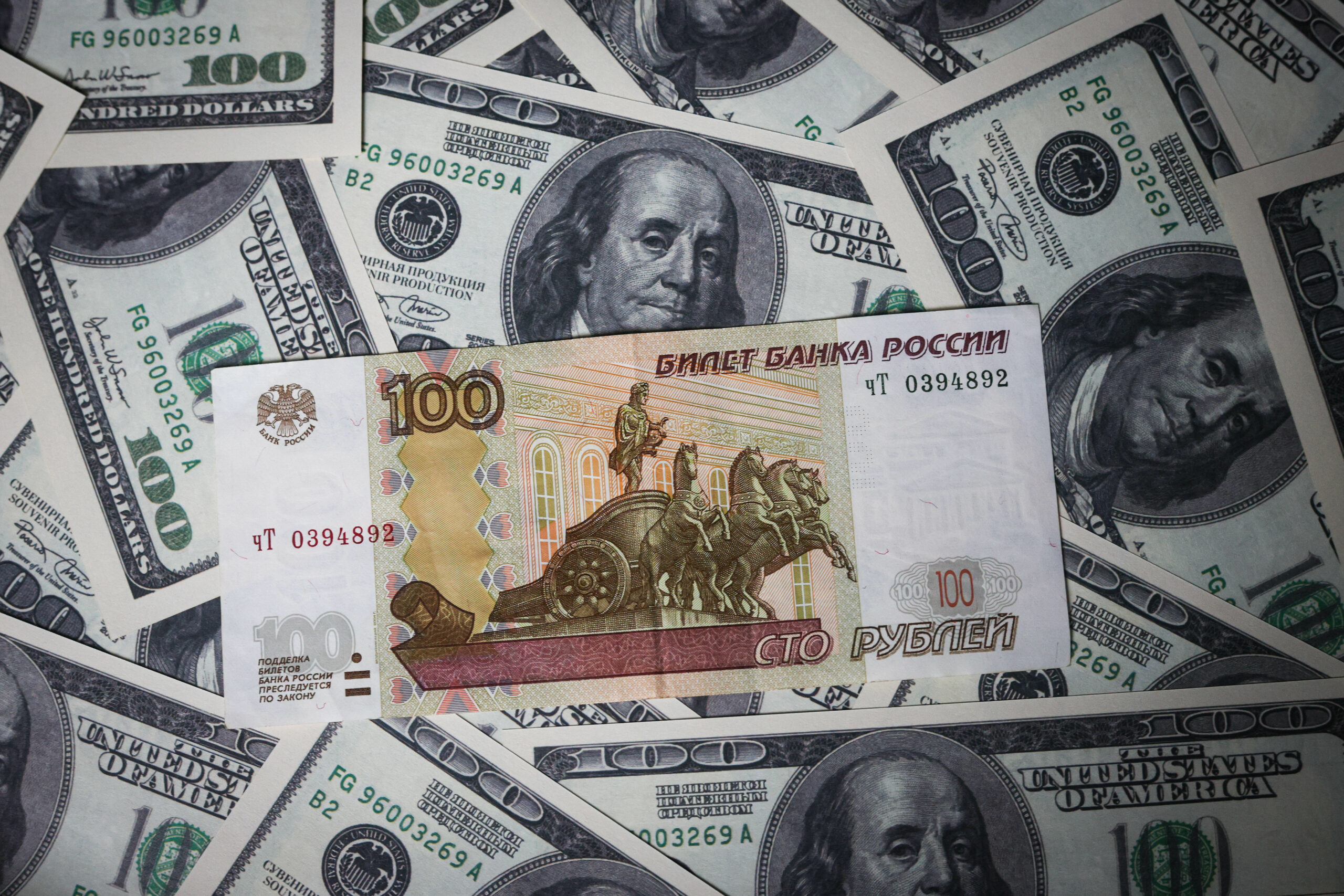Moscow and Berlin are holding talks on the future of the Nord Stream 2 gas pipeline, yet again, despite the fact it is already under construction. Whatever these talks bring, the overarching picture is that this highly controversial project is now all but sure to go ahead, and on time at that. Understanding why and how this played out provides insight into how Russian energy projects can defy sizeable political risks by securing buy-in from key capitals and corporations.
The pipeline has faced myriad challenges. First and foremost from the US government, which also opposed the original Nord Stream pipeline linking Germany and Russia’s gas networks. The first pipeline was inaugurated in November 2011. And right from its launch, Gazprom and a consortium of European energy firms announced plans for second link, despite it taking another six years for the first to approach full capacity.
US efforts against the pipeline escalated after Russia’s annexation of Crimea in 2014. Sanctions on Russia’s energy industry came quick on the heels of annexation. Gazprom and the project, however, were not directly targeted. The fraying of relations between Russia and the West was not limited to the US. Warsaw also significantly escalated its efforts to block Nord Stream 2. It employed Poland’s antitrust regulator to try and block the project.
The reason for Poland’s animosity? Nord Stream 2, if completed, will be a game changer for Russian gas exports to western and central Europe. It will allow Moscow’s gas deliveries to bypass not only Ukraine, but also most eastern European nations. A series of Russian-Ukrainian gas spats between 2005 and 2009 caused an intermittent shortage of supplies as far downstream as Switzerland. Yet the completion of Nord Stream 2 and the ensuing ability to transfer up to 55 billion cubic meters of gas annually via Germany would give the Kremlin a largely free hand in cutting off supplies to gas-dependent eastern European nations without risking such a backlash.
The western European firms involved – Austria’s ÖMV, multinational Royal Dutch Shell, France’s Engie as well as Uniper and Wintershall of Germany – found a workaround to Poland’s clearly-political anti-trust claim. In April 2017, they instead agreed to provide financing for the project rather than be direct equity partners.
By that point the geopolitical environment caused more than three years of headaches for the pipeline. But that would not be all. The project became intertwined with the September 2017 German elections. This was largely overcome by the vote resulting in another CDU-SPD grand coalition. As part of their coalition agreement, both parties vowed to support the pipeline. Even so, it did see the emergence of opposition within the CDU. Senior figure Norbert Röttgen, who heads the Bundestag’s foreign affairs committee, spoke out against it. His arguments, however, were far less effective than the lobbying of the European energy firms involved.
Another potential challenge came from the Countering America’s Adversaries Through Sanctions Act (CAATSA). Passed by the US Congress in August 2017, the act potentially implied sanctions on the five European firms. However, German officials have since said they were assured this would not be the case in June 2018.
Nonetheless, the following month US President Donald Trump would fiercely criticize the project at a NATO summit. But it was clear this was an effort to push Berlin to buy more liquefied natural gas (LNG), part of Washington’s plans to expand its LNG exports to Europe. Announcing that Germany would indeed build an LNG terminal in September 2018, Germany’s Economy and Energy Minister Peter Altmaier said the move was a “gesture to our American friends.”
The deal was a fool’s bargain for Trump. By that point, construction of Nord Stream 2 had already begun. US LNG will not be competitive with Russian pipeline gas sales for the foreseeable future. Even with Berlin’s pledge to pursue LNG, Nord Stream 2’s gas will be enmeshed into German and western European markets before an LNG terminal gets close to completion.
Although Trump’s opposition was easily assuaged, other US actors still opposed the project. Unhappy with the White House’s implementation and interpretation of CAATSA, a bipartisan group of Senators introduced the Defending American Security Against Kremlin Aggression Act (DASKAA) in August 2018. It was also dubbed ‘the bill from hell’. Section 236 of DASKAA clearly was written with Nord Stream 2 in mind.
The original DASKAA bill failed to get through the Senate before the US’ November 2018 midterm elections. Though on 13 February 2019 a new version of the bill would be re-introduced by the same group of US Senators. Crucially, the section targeting Nord Stream 2 was removed. Senator Bob Menendez said this was because “we seek to have close collaboration with Europe on perfecting sanctions.”
Menendez’s comment highlights the challenge in coordinating sanctions policy and other related moves between Brussels and Washington. Such efforts are most successful when the US and EU pursue them together. But limiting Russian-European ties is far more in the interest of the former than the latter. Russia’s status as neighbor and key commodities supplier to Europe will not change. Another coordination conundrum is that EU foreign policy requires negotiation from all the bloc’s member states. The heft of its largest members on key issues is impossible to ignore but hard to calculate.
Menendez’s comments came after the latest push against Nord Stream 2 within the EU fizzled out. At the beginning of February France had agreed to support amendments to the EU Gas Directive supported by the bloc’s eastern member that would have affected the pipeline. Yet it soon abandoned them in exchange for a negotiated solution with Berlin. The initial French proposal would have seen pipelines like Nord Stream 2 which cross only one member state subject to its same competition regulation. After Franco-German talks, this was largely defanged.
Under the amendments, which still have to be formalized, Germany will judge how far the pipeline can be exempt from parts of the new directive. This will require consultations with other member states. Though it is not wholly settled how far the European Commission can get involved in the likely event of disagreements.
Berlin has indicated it will not seek to give the European Commission oversight at first. Instead, it will seek a bilateral Russian-German agreement. The pipeline will also be subject to shifting winds of German politics under the new directive. Though this will be welcome news to Moscow. Anti-Kremlin positions are far less ensconced among Berlin’s political elite than they are in Brussels and other European capitals.
Nord Stream 2 is now likely to overcome its final hurdles, and could see construction completed within the year.
Nevertheless, political issues are not over yet. The new directive also has the impact of making Nord Stream 2 a bone of political contention within Russia. The new directive calls for at least 10 percent of the pipeline’s capacity to be available to third parties. Gazprom has defended its monopoly on exporting gas via pipelines. This has met repeated challenges from fellow state-controlled energy company Rosneft. The new directive may give Rosneft the opening it has sought to again go after Gazprom’s monopoly.
The Kremlin will now have to manage related domestic political risks, but the key US and European ones appear to have been overcome. Ukraine and Europe’s eastern member states are clear losers from this arrangement, as are Washington and US efforts to sell LNG to Germany. The Kremlin is a clear victor, as are the European energy firms involved. It is a telling example of how Washington and Brussels struggle to work together effectively on Russia policy.










